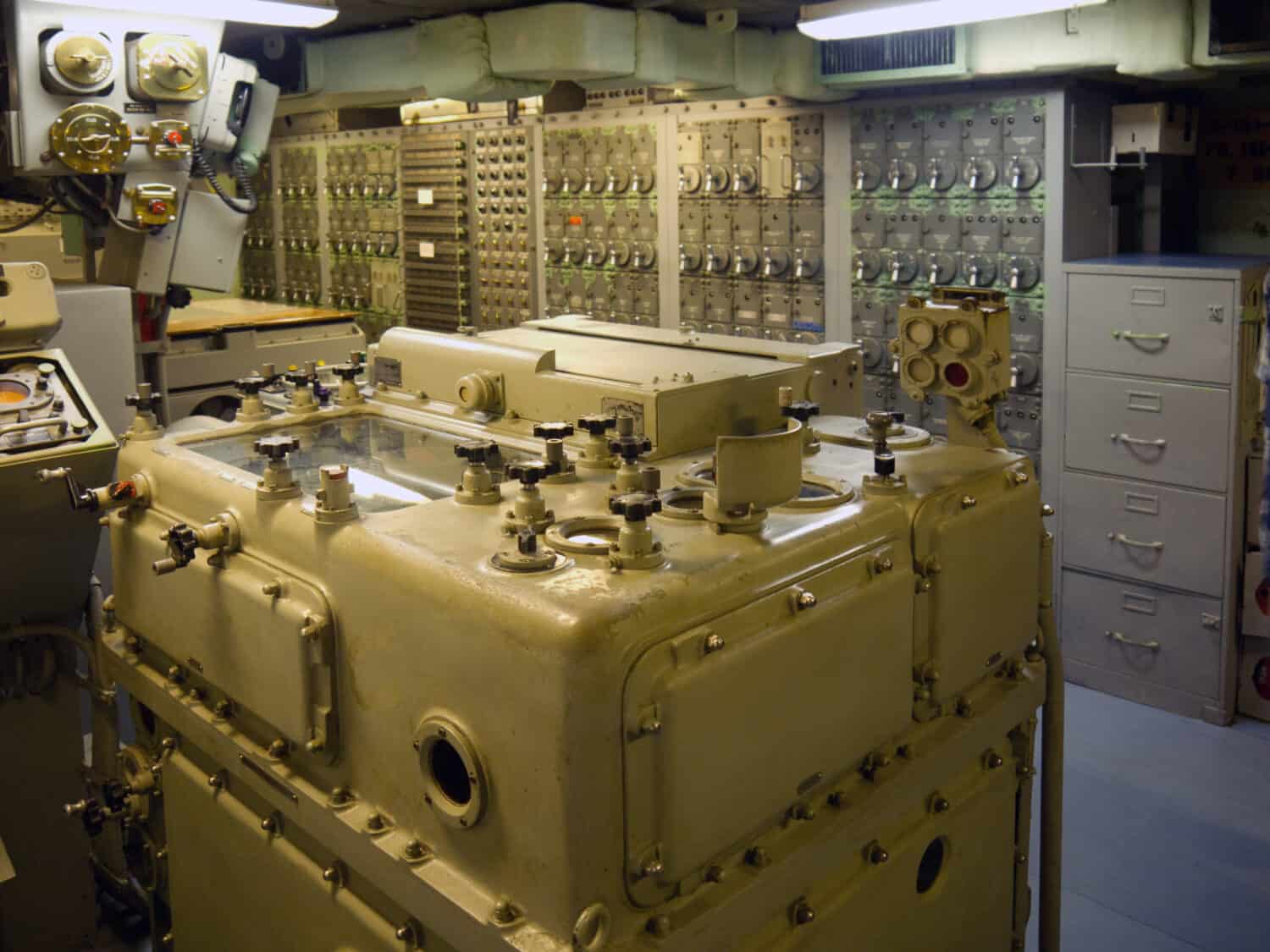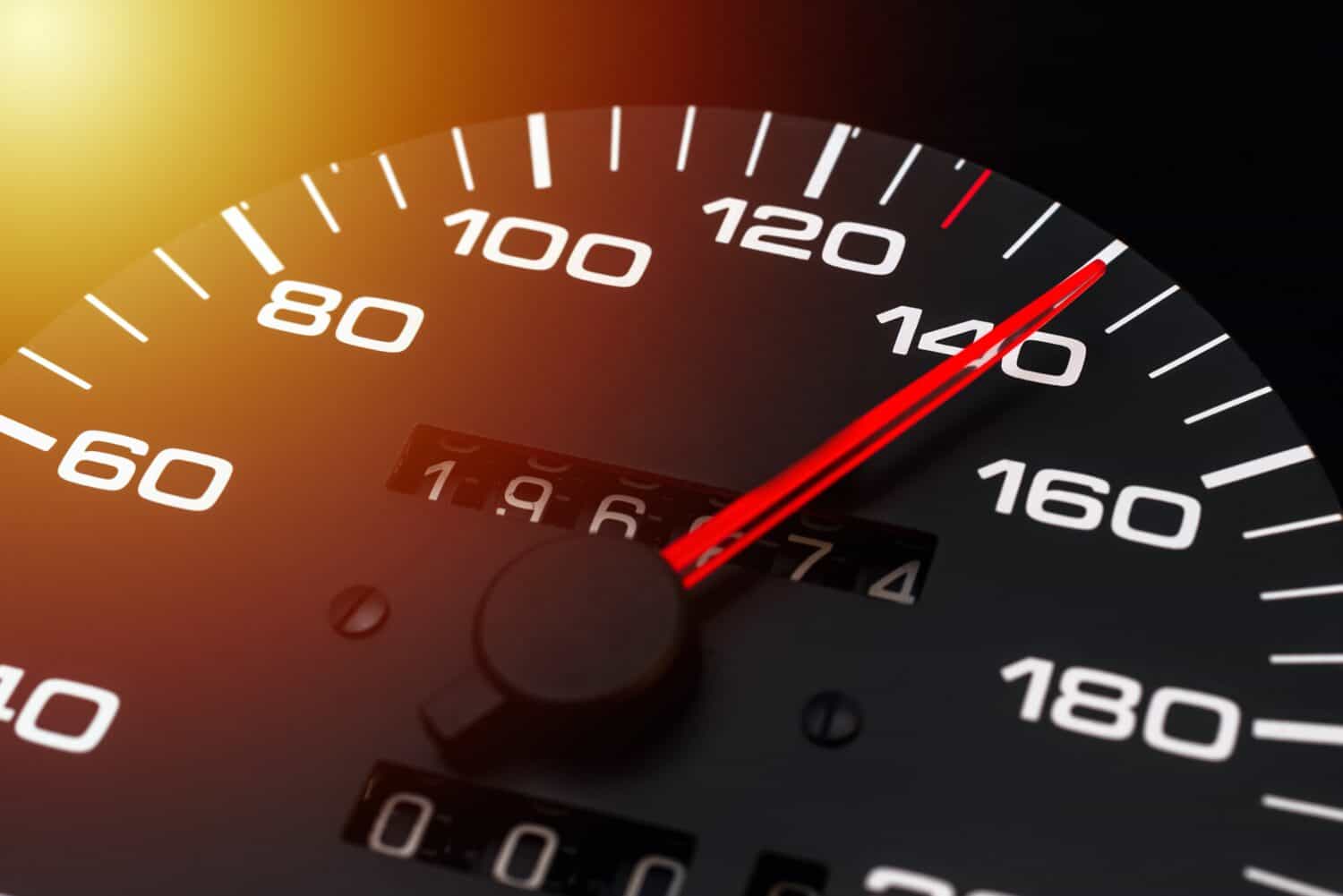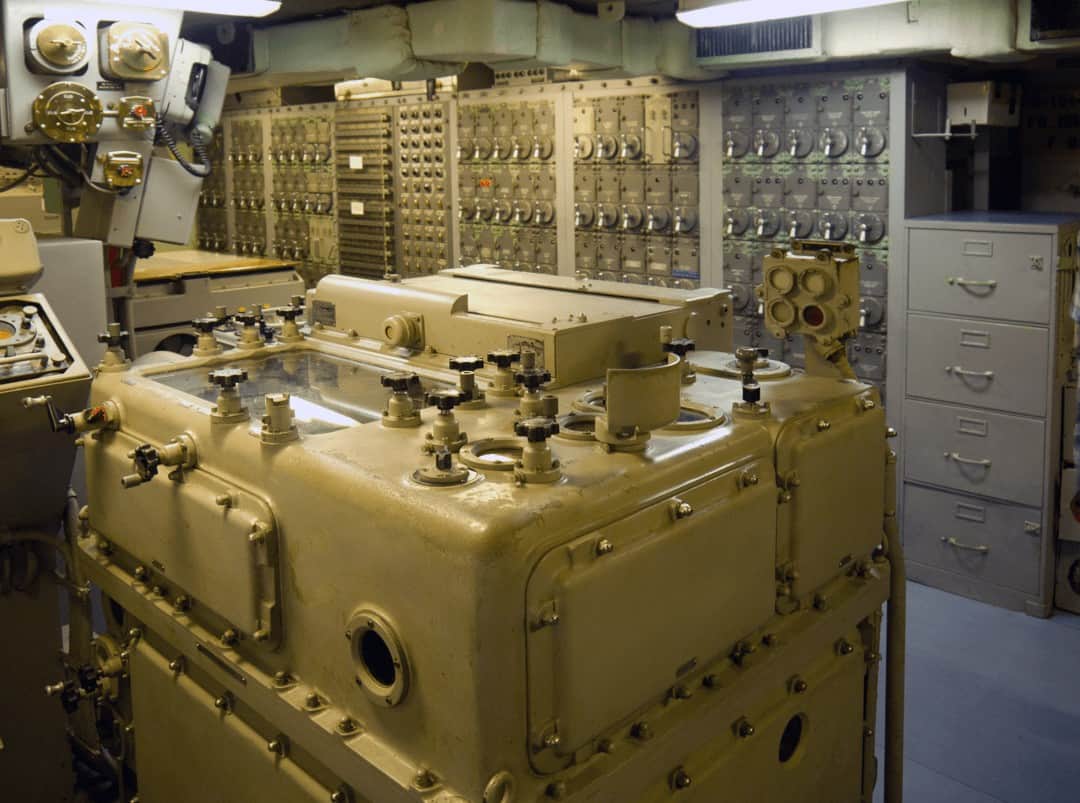What are Analog Computers: Complete Explanation
A computer that processes analog data is known as an analog computer. Analog computers store information in physical quantities in a continuous format and use measurements to perform computation.
Analog computers are suitable for measuring data that they cannot translate into numbers or codes. However, due to the wide range of complications involved, analog computers have been largely superseded by digital computers in industrial and scientific applications such as control systems and airplanes.
At one time, when digital computers had not existed yet or those that did exist lacked sufficient performance, analog computers were widely used (even the ancient Antikythera mechanism and the slide rule can be considered analog computing devices). The advent and rapid progress of digital computers made analog computers largely obsolete in the 1960s and 1970s, though they remain in use in some specific applications, like the flight computer in aircraft, and for teaching control systems in universities. Nevertheless, several amazing analog computers deserve our attention.

Analog Computers: An Exact Definition
The definition of an analog computer is as follows:
An analog computer uses easily measurable quantities such as voltages or rotations (rather than programming languages, codes, or algorithms) to represent numbers.
An analog computer is one that uses constantly changing entities such as mechanical, electrical, hydraulic, and so on. In other words, an analog computer works by using mechanical means (like gears and levels) or electronic means to perform various tasks like solving mathematical and differential equations, simulating physical phenomena or processes, and analyzing data in real time.
During the 1950s and 1960s, analog computers were initially used for science, mathematics, and engineering. However, instead of having discrete data (such as binary digits), analog computers use continuous values and do not rely on algorithms or programming languages. As a result, these computers operate on analog signals. Furthermore, these signals are continuous signals with a time-varying characteristic. Analog computers work by manipulating continuous electrical signals that represent the inputs and outputs of various calculations.
How Do Analog Computers Work?
Analog computers are machines that work differently from digital computers. Instead of using binary digits, they use continuously changing physical quantities like electrical signals, fluid pressure, or mechanical motion to perform operations and solve problems.
Analog computers use measures like electricity, pressure, or movement to represent information in a problem. The analog system is built up based on beginning conditions and then left to modify at will. This type of computer starts with certain conditions and then changes as needed. To solve the problem, the computer calculates the variables using measurement and gives you the answers you need. Finally, the computer calculates and measures the variables in the analog model to obtain answers to the problem.
An analog computer is made up of different modules that work together to add, scale, integrate, multiply, or create new voltages and generate new functions. These devices consist of integrated-circuit operational amplifiers and function generators in the most recent systems. A big analog computer might need dozens of these amplifiers in order to work properly.
The inputs and outputs of adequate modules are intertwined to solve a given challenge. These modules use information that we put in (inputs) and give us an answer (outputs). For example, one way to solve a problem that changes over time is to use differential equations. This includes incorporating things like scaling, feedback, and establishing preliminary circumstances as needed, using voltages to represent the physical quantities and what is going on. This approach can be used to solve equations one at a time or all at once in engineering and scientific computation, modeling, and simulation applications.
Who Created Analog Computers?
The history of analog computers is a little unclear, as the simplicity and size of analog computers have caused many different people to take credit for their invention. One of the first prototypes of the hydraulic analog computer was invented in the early 1890s by Mihailo Petrović Alas, a Serbian mathematician. These early analog computers were specialized machines, such as William Thomson’s tide predictor in 1873. In 1898, A.A. Michelson and S.W. Stratton developed an 80-component harmonic analyzer. They could provide a sinusoidal motion (like a wave or a curve) that could be multiplied by constant factors using a fulcrum on levers. To form a resultant, springs were used to combine the components. The differential analyzer was invented in the early 1930s by Vannevar Bush, an American electrical engineer, and his colleagues. This was another milestone in creating the modern analog computer. This machine was the first of its kind in history, using mechanical integrators (variable-speed gears) to solve differential equations.

What is the Application of Analog Computers?
Analog computers were extensively utilized for scientific and industrial purposes well after the invention of digital computers, as evidenced by their specification and available size. They had several advantages and were often significantly faster at the time. However, they were obsolete as early as the 1960s and 1970s, though they still remained helpful for a long time. Mechanical watches, for example, are analog computers in which the seconds, minutes, and hours needles in the clock are driven by the constant and periodic rotation of interconnected gears.
Analog computers continued to be used in some specific applications, such as aircraft flight simulators, aircraft flight computers, and university teaching control systems. Because digital computers were unsuitable for more complicated applications, such as aircraft flight simulators and synthetic-aperture radar, analog computing (and hybrid computing) remained the realm of analog computing (and hybrid computing) well into the 1980s.
Examples of Analog Computers in the Real World
We still use many different types of analog computers today due to their manageable size and affordable price. Here are some common examples:
Thermometer
An analog thermometer operates by using a graduated scale and the properties of mercury and helps to measure temperature. As the temperature changes, the mercury inside the thermometer moves up or down in response. In this case, the mercury is acting as the input, with the temperature being measured and translated into the position of the mercury. The position of the mercury (whether it is higher or lower on the thermometer) acts as the output, providing information about the current temperature.
Speedometer
A speedometer is a gadget that measures how fast a vehicle is traveling. The speedometer’s scale is properly graduated, often in kilometers or miles per hour. The speed is shown by a needle that can deflect freely in response to the analog signal it receives. The cable of the speedometer is connected to the gear shaft and a magnet. The metal speedometer cup has no contact with the magnet, but there is a spring attached to an inductor rod that helps to connect the speedometer cup to the indicator. When the gear shaft rotates and the speed increases, the magnet also rotates and spins, creating a magnetic field that attracts to the metal speed cup, causing it to move. This then causes the needle to move, showing the current speed of the vehicle.

Analog Clock
An analog clock is a common piece of equipment in our daily lives and it is also a type of analog computer. It makes use of a piezoelectric-sensitive quartz crystal. The piezoelectric crystal vibrates at a rate of precisely 32,768 vibrations per second thanks to the voltage provided by the battery, which is an analog signal. These vibrations form a pulse, which creates the ticking motion of the clock. One pulse is the time equivalent of one second. As a result, one second equals 32,768 piezoelectric crystal vibrations.
Seismometer
A seismometer is a device that measures the magnitude of an earthquake. This device is kept close to the ground. The earth, as well as the seismometer, shakes when an earthquake happens. Seismic waves are the waves that occur during an earthquake. Seismic waves are then recorded on graph paper in the setup, referred to as a seismograph. After a thorough examination and analysis of the seismograph, the seismologists inform us of the earthquake’s magnitude.
Voltmeter
Because voltage varies consistently over time, it is an analog signal. As a result, analog voltmeters can be considered analog computers. The potential difference between two sites on an electrical network is displayed using a voltmeter. A deflecting needle and a curving graduated scale on the display unit are the main features of analog voltmeters. The voltmeter is linked in parallel with the circuit to measure the voltage drop across the resistor.
The image featured at the top of this post is ©es3n/Shutterstock.com.
